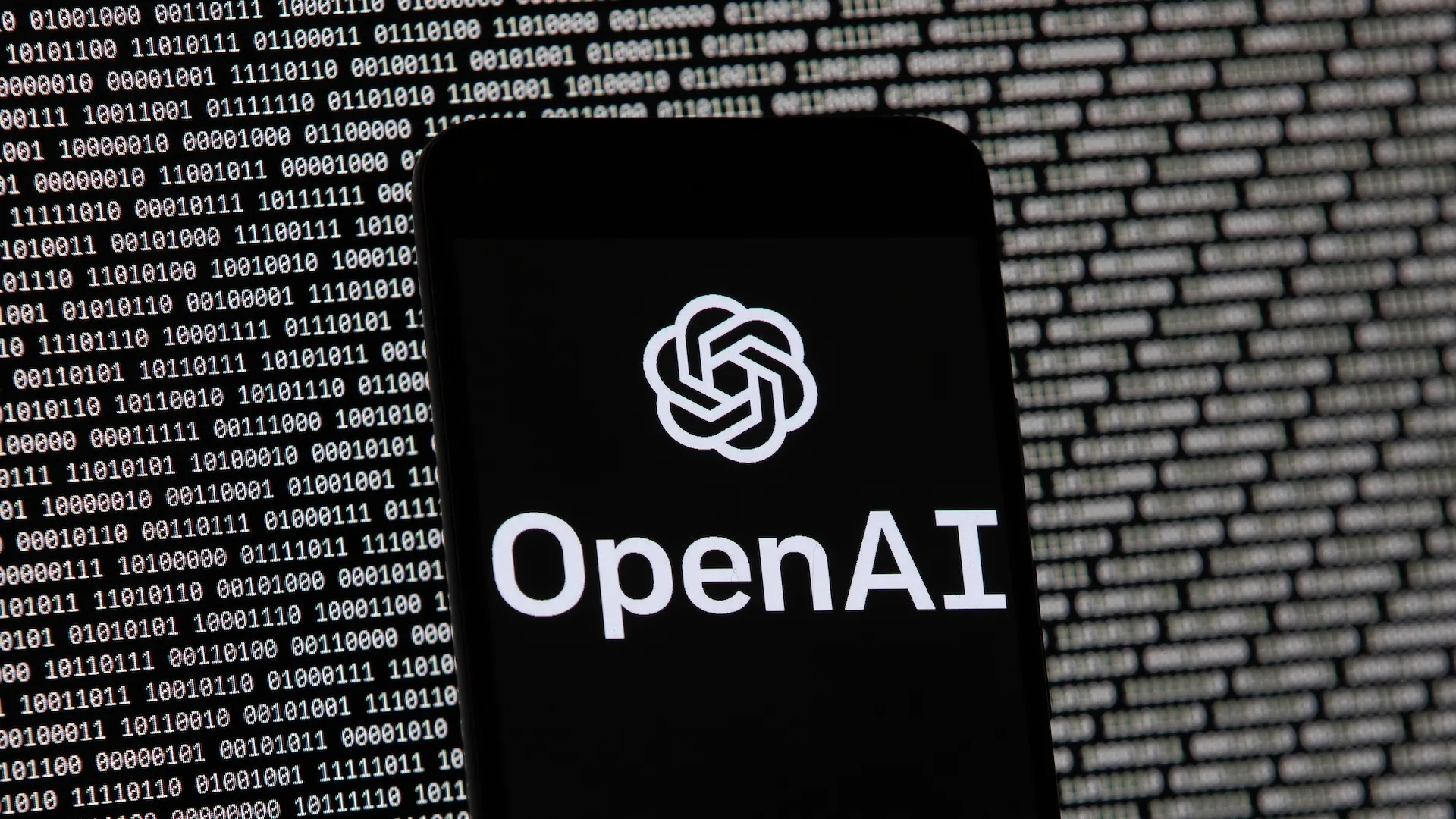Lalit Kundu is co-founder & CEO at Deltasan AI staff engineer built for enterprise teams.
Last quarter, the CTO of a mid-sized company told me their team was shipping twice as many features after adopting AI coding assistants. A quarter later, the number of production incidents increased by 50%, and signs of architectural debt emerged. Sounds familiar?
Here’s the AI paradox teams are discovering: The same technology that promises to flip the software development life cycle (SDLC) actually makes disciplined processes more valuable than ever. The winning teams are going to be the ones that tighten their processes, not abandon them.
Why The SDLC Exists: Alignment, Risk And Scale (Not Ceremony)
I’ve seen both extremes. At YouTube, I led a team of 45 software engineers managing billions in revenue flows. Today, as CTO and CEO of a five-person startup building an AI staff engineer, I watch teams navigate this frontier up close. The hype says to skip product requirements documents (PRDs) and design—just prototype and ship. The reality is that AI accelerates everything, including your mistakes.
Atlassian’s latest DevEx report reveals the disconnect: 99% of developers save time with AI (two-thirds save over 10 hours weekly), yet teams still lose similar time to organizational friction. AI gives you speed; weak processes cancel it out.
The SDLC exists for three reasons that AI doesn’t eliminate:
• Alignment: coordination between team members.
• Risk Reduction: catching bad decisions before production.
• Scale: repeatable quality as teams grow.
The emerging bottlenecks with AI acceleration are finding information, coordinating across teams and making the right architectural choices.
Why AI Can’t Architect Your Future
The fastest way to create technical debt is letting an AI agent decide your architecture. Recent evidence should sober any “AI will handle everything” narrative. A U.K. government trial across 50 organizations found AI coding assistants saved about 56 minutes daily, roughly 28 working days per year. The catch? Less than 16% of the generated code for GitHub Copilot shipped unedited.
AI agents are great at reasoning with limited context but are blind to your specific constraints and trade-offs. Take microservices architecture. An AI agent will happily suggest breaking every domain into separate services because that’s the pattern it learned from large-scale systems. But it won’t consider that your five-person team lacks the operational maturity for distributed debugging or that your payment flow’s latency requirements make cross-service calls a nonstarter. You end up with an overengineered system that creates exactly the coordination bottlenecks we discussed.
Human judgment remains essential for technical decisions. Although AI excels at code generation, humans must evaluate whether that code serves the actual need.
The Process Multiplier: Which Standards Win With AI
Teams are learning that stronger engineering processes unlock AI’s potential while weak processes turn AI speed into chaos.
• Design Documentation Becomes Critical: Without AI, teams could sometimes figure it out as they developed the code. With AI, that’s a disaster. When an assistant suggests breaking your payment system into 12 microservices, a simple design doc questioning why this architecture was chosen can prevent months of overengineering. Teams with strong design review can direct AI toward solutions that fit their actual needs.
• Code Review Standards Matter More: Teams maintaining rigorous code review processes can catch AI’s architectural blind spots while capturing its speed benefits. Teams that skip the review because “AI wrote it” end up with fast, broken systems.
• Testing Discipline Scales AI Impact: AI excels at generating test cases and scaffolding test suites, but only if your team has clear testing standards to guide it. Teams with disciplined test-driven development (TDD) practices can direct AI to write comprehensive test coverage. Teams without testing discipline just get more untested code faster.
• Deployment Rigor Enables AI Velocity: This is where the paradox becomes clearest. Teams with strong CI/CD processes, automated security scanning and rollback procedures can deploy AI-accelerated code confidently. Teams with weak deployment processes find that AI’s speed makes their release bottlenecks even more painful. You end up with features developed in days but deployed in weeks.
• The Multiplier Effect: Microsoft’s 2025 AI Decision Brief reveals a stark divide: Teams that pair AI adoption with governance see lasting velocity gains while teams that just deploy AI tools see temporary speed bumps followed by quality crashes. Disciplined processes turn AI into an amplifier. Chaotic processes just amplify the mess.
What Winning Teams Do
The teams that thrive won’t flip the SDLC—they’ll accelerate it by being deliberate about where AI helps and where humans lead. First, audit your current process. Where do you lose time to coordination versus execution? AI should attack the execution delays, not skip coordination.
Second, establish AI guardrails. Require human review for generated code, maintain secure-by-default linting and keep policy checks in your deployment path.
Finally, measure what matters. Track not just the lines of code generated but technical debt, incident rates and time-to-value for shipped features.
AI will transform how we build software, but it won’t change why we need good processes. The teams that understand this distinction will be the ones still shipping quality code when the dust settles.
Forbes Technology Council is an invitation-only community for world-class CIOs, CTOs and technology executives. Do I qualify?










